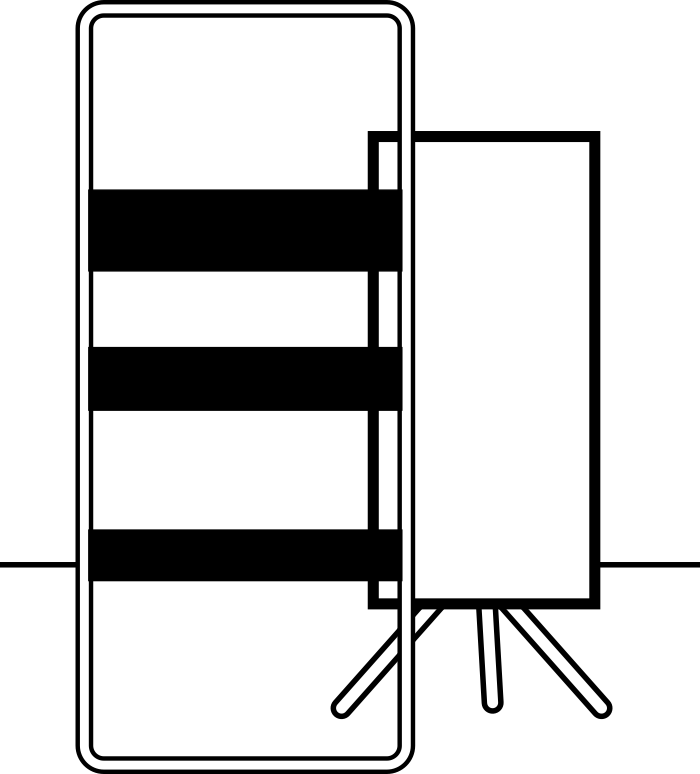I don't think "wanting to show off their body features" with a ring flash is necessarily true.
A flat light gives a flat shape.
In such a light you show body features with pose or with texture and reflections, for example a sweaty or oiled skin.
If you want to show muscle volume you use perhaps a backlight, a lateral light.
To hide unwanted features you can use:
1) Lighting. An overall pleasing difuse light, play with the angle, try to hide a little a scar with a low key ilumination, or a double chin with a reflector on bottom.
2) Posing. If you dont want to show a belly, don't pose the subject like he is on a weight-loss program. If he is seated, make him stretch his back.
3) Camera angle. Do you need longer legs? Lower your camera, Is his/her nose too large?, use longer focal lens.
4) Clothing. A suit that really fits the subject, a long dress, a sweater with a turtleneck, etc.
5) Not as important but background helps too, vertical stripes, columns, etc.
In short... All the elements you use in a portrait!
The most important thing is do it naturally.
All of the points are extremly complex, so you need to play and study them. There is no general recipe.


